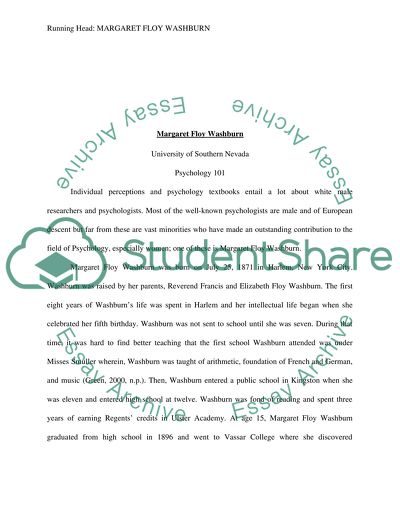Cite this document
(“Margaret Floy Washburn Research Paper Example | Topics and Well Written Essays - 1250 words”, n.d.)
Retrieved de https://studentshare.org/psychology/1392155-individual-project
Retrieved de https://studentshare.org/psychology/1392155-individual-project
(Margaret Floy Washburn Research Paper Example | Topics and Well Written Essays - 1250 Words)
https://studentshare.org/psychology/1392155-individual-project.
https://studentshare.org/psychology/1392155-individual-project.
“Margaret Floy Washburn Research Paper Example | Topics and Well Written Essays - 1250 Words”, n.d. https://studentshare.org/psychology/1392155-individual-project.


